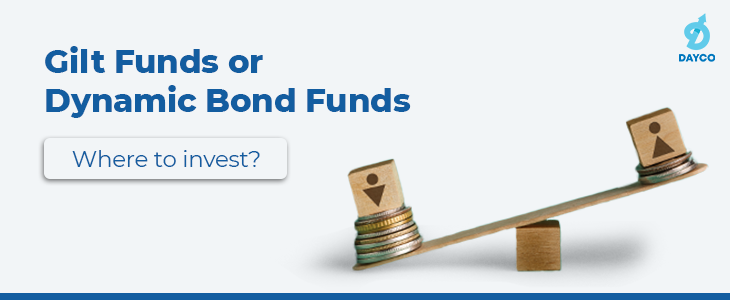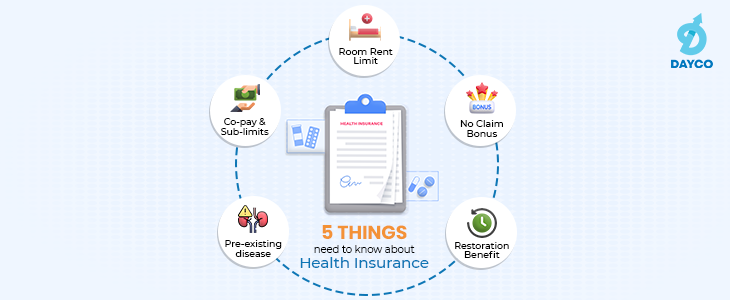Before we begin, let’s understand the basic concept of Gilt (or Government bond funds) and Dynamic Bond Funds.
Gilt Fund – A Gilt fund invests at least 80% of its portfolio in Government bonds. Government issues Securities for medium to long-term maturity periods. These funds typically have an average maturity of 3-5 years and thus are very prone to interest rate risk– the risk that arises due to changes in market interest rates. Funds maintaining a higher duration are more volatile due to high sensitivity to changes in interest rates over a short period. However, you may expect decent returns from a Gilt Fund over a longer investment horizon (6-8 years).
Gilt funds do very well in a falling interest rate regime, but these funds suffer most and yield negative returns during a rising interest regime. The best time to invest in Gilt funds is when inflation is under control and RBI is not likely to increase interest rates in the near future. It is imperative to time the entry and exit from Gilt Funds. The Gilt Fund carries zero default risk due to its nature of
investment in Government Securities.
Dynamic Bond Funds – These funds invest in debt and money market instruments like Government Securities and Corporate
Bonds of different durations without any restrictions on the duration or maturity of the securities. The duration of a Dynamic Bond Fund will depend on the Fund Manager’s interest rate outlook. If the Fund Manager expects interest rates to go down in the coming days, she will go for long-term bonds, and if she expects
interest rates to go up, she will go for short-term bonds to reduce interest rate risk and also to re-invest maturity proceeds of the bonds at higher interest rates in the future. Dynamic Bond Funds seek to generate income through active management of the portfolio.
The Fund Manager dynamically alters the allocation between long-term and short-term bonds based on their view of the future interest rates. The most crucial strategy of the Fund Managers is to understand and rightly anticipate the interest rate movements in the market and reposition the portfolios to derive the benefit from the interest rate movements. The Fund Managers should actively trade holdings to book the profit that may be available in a very short window of time. The Fund managers’ role is critical to generating returns in the Dynamic Bond Funds.
At the same time, the nature of the Dynamic Bond Fund is similar to Flexi Cap funds in the Equity category. Switching and investing in different debt instruments across the yield curve can be difficult. Lack of liquidity in the Corporate Bond market can limit the flexibility of these funds and may impact the fund and its NAV.
Experts recommend Dynamic Bond Funds during periods of uncertainty regarding future interest rates, similar to what we are passing through now. The RBI is concerned about the broad-based nature of the increase in inflation and has raised the inflation expectation to 6.7% for the current financial year from its previous estimate of 5.7%. In the process, we have already seen the upward movement of Repo Rate and CRR.
The impact of interest rate fluctuation will fade out over time. Meanwhile, investors should stay away from such funds where there is significant allocation to moderate to low-quality papers by Private issuers.
It is advisable to go for liquid or ultra short funds if your investment tenure is between 1 day and 365 days and have a Gilt fund in your portfolio if your investment horizon is between 1 year to 5 years. Still, if you want to have some thrill in your investment, you may take an exposure of a maximum of 5% of your total corpus in Dynamic Bond Funds.
If you have a question, share it in the comments below or DM us or call us -
+91 9051052222. We'll be happy to answer it.
















